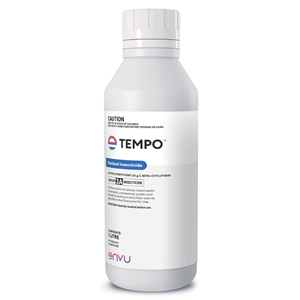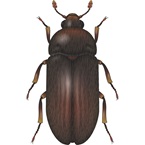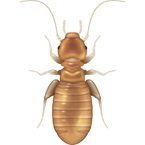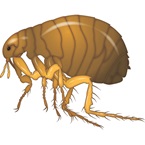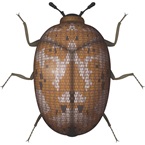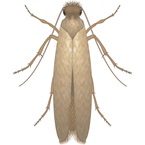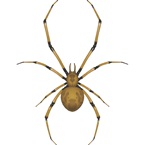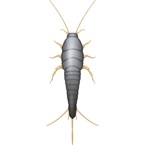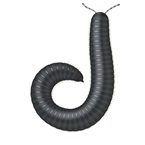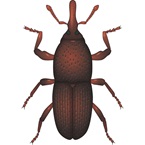Species category: Stored product pest
Scientific Name: Ephestia Cautella
Family: Pyraloidae
Description
Typically an adult moth has a 12-18mm wingspan and is distinguished by an upper forewing which is dull grey-brown with a dark inner band that trails the outer edge of the wing and a broad pale band along inner edge.
The larvae are dirty white or may be tinged brown or have purple spots.
It has a cosmopolitan distribution and has spread throughout the world by travelling on imported stored food produce.
A tropical or subtropical species which is frequently located on imported cargoes. It is common in food production warehouses, particularly dried fruits, chocolate and cereal, where the larvae develop by chewing and feeding on produce.
Behaviour
Commonly also referred to as the Almond moth or Dried Currant Moth, it is typically found in dried fruit and nuts, although it will attack cereals, oil seeds and chocolate products.
Egg laying commences within 24 days of the adults emergence and up to 350 eggs are laid during the first 4 days. Where temperatures are low the moth overwinters as larvae.
It’s the larvae that damage produce; the adults do not feed and have a short lifespan.
Risks
Moth Larvae cause considerable damage to stored goods by chewing, feeding and contaminating with webbing and frass.
Adult insects are not responsible for damage as they either feed on liquid food and water or do not feed at all.

